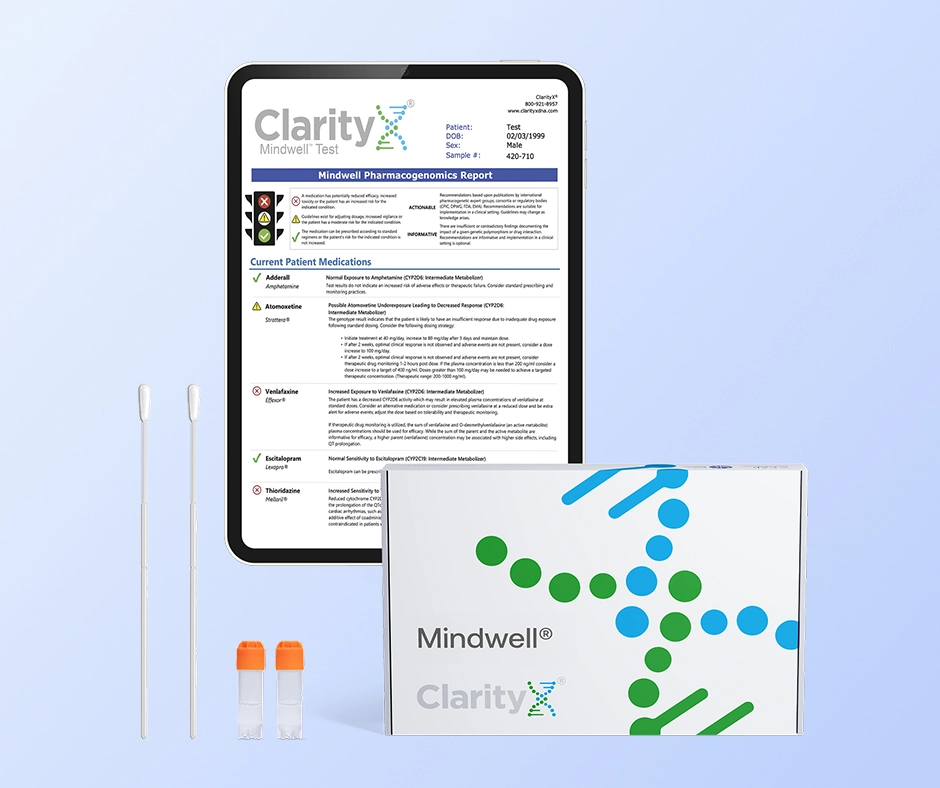Summer Sale! Save 25%
How Surmontil (Trimipramine) works
Surmontil is indicated for the relief of symptoms of depression. Endogenous depression is more likely to be alleviated than other depressive states. In studies with neurotic outpatients, the drug appeared to be equivalent to amitriptyline in the less-depressed patients but somewhat less effective than amitriptyline in the more severely depressed patients. In hospitalized depressed patients, trimipramine and imipramine were equally effective in relieving depression.
What are the side effects of Surmontil (Trimipramine)?
Drugs Metabolized by P450 2D6 The biochemical activity of the drug metabolizing isozyme cytochrome P450 2D6 (debrisoquin hydroxylase) is reduced in a subset of the caucasian population (about 7-10% of caucasians are so called “poor metabolizers”); reliable estimates of the prevalence of reduced P450 2D6 isozyme activity among Asian, African, and other populations are not yet available. Poor metabolizers have higher than expected plasma concentrations of tricyclic antidepressants (TCAs) when given usual doses. Depending on the fraction of drug metabolized by P450 2D6, the increase in plasma concentration may be small, or quite large (8 fold increase in plasma AUC of the TCA).
In addition, certain drugs inhibit the activity of the isozyme and make normal metabolizers resemble poor metabolizers. An individual who is stable on a given dose of TCA may become abruptly toxic when given one of these inhibiting drugs as concomitant therapy. The drugs that inhibit cytochrome P450 2D6 include some that are not metabolized by the enzyme (quinidine; cimetidine) and many that are substrates for P450 2D6 (many other antidepressants, phenothiazines, and the Type 1C antiarrhythmics propafenone and flecainide). While all the selective serotonin reuptake inhibitors (SSRIs), e.g., fluoxetine, sertraline, and paroxetine, inhibit P450 2D6, they may vary in the extent of inhibition. The extent to which SSRI TCA interactions may pose clinical problems will depend on the degree of inhibition and the pharmacokinetics of the SSRI involved. Nevertheless, caution is indicated in the co-administration of TCAs with any of the SSRIs and also in switching from one class to the other. Of particular importance, sufficient time must elapse before initiating TCA treatment in a patient being withdrawn from fluoxetine, given the long half-life of the parent and active metabolite (at least 5 weeks may be necessary).
The possibility of suicide is inherent in any severely depressed patient and persists until a significant remission occurs. When a patient with a serious suicidal potential is not hospitalized, the prescription should be for the smallest amount feasible.
In schizophrenic patients activation of the psychosis may occur and require reduction of dosage or the addition of a major tranquilizer to the therapeutic regime.
Manic or hypomanic episodes may occur in some patients, in particular those with cyclic-type disorders. In some cases therapy with Surmontil must be discontinued until the episode is relieved, after which therapy may be reinstituted at lower dosages if still required.
Concurrent administration of Surmontil and electroshock therapy may increase the hazards of therapy. Such treatment should be limited to those patients for whom it is essential. When possible, discontinue the drug for several days prior to elective surgery.
Surmontil should be used with caution in patients with impaired liver function.
Chronic animal studies showed occasional occurrence of hepatic congestion, fatty infiltration, or increased serum liver enzymes at the highest dose of 60 mg/kg/day.
Both elevation and lowering of blood sugar have been reported with tricyclic antidepressants.


